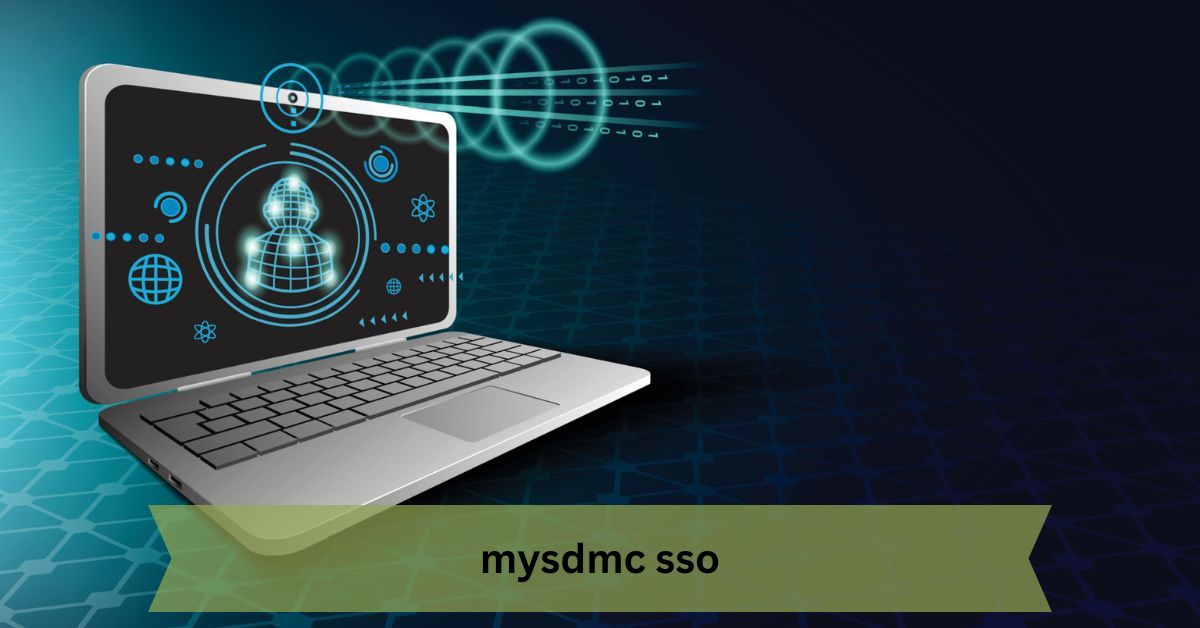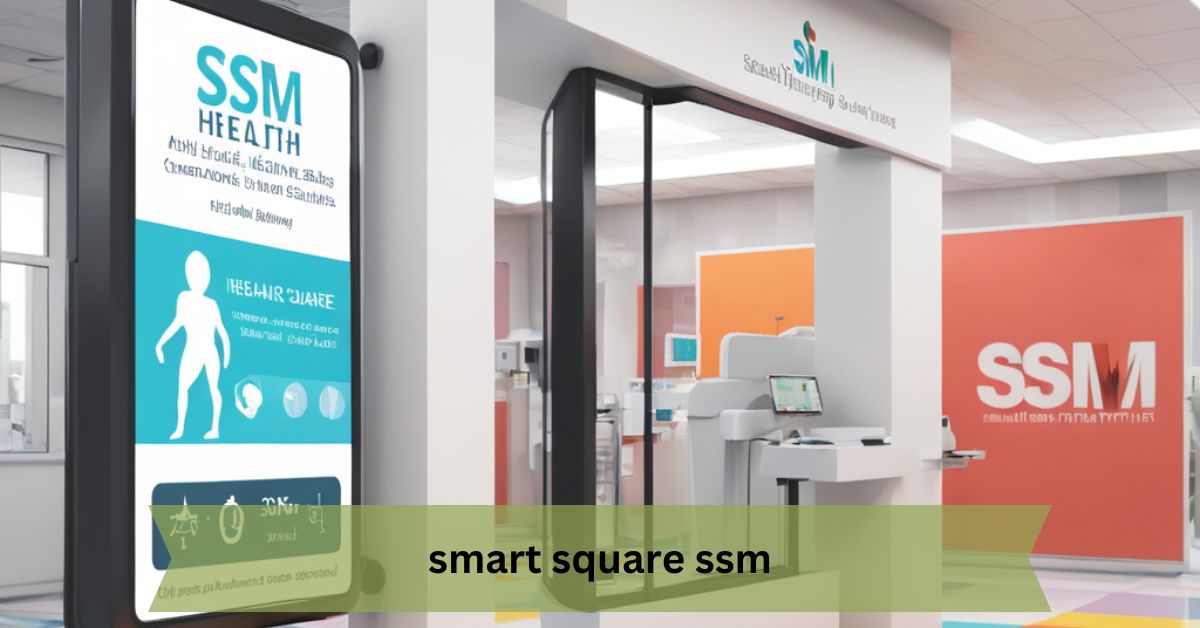Welcome to our in-depth guide on the MYSDMC SSO (Single Sign-On) system. This article offers everything you need to know about MYSDMC SSO, with detailed insights and practical advice. Whether you’re a student, faculty member, or staff at MYSDMC, this guide will help you fully understand and utilize the system.
Introduction to MYSDMC SSO
MYSDMC SSO stands for My School District Multi-County Single Sign-On. This system is designed to streamline access to various online resources and platforms used by students, faculty, and staff within the MYSDMC network.
By using a single set of login credentials, users can access multiple applications and services, making their experience more seamless and efficient.
What is Single Sign-On (SSO)?
Single Sign-On (SSO) is an authentication process that allows users to access multiple applications with one set of login credentials. Instead of remembering different usernames and passwords for each application, users only need to log in once to gain access to all integrated systems.
Why MYSDMC SSO is Important
Simplifies Access
For students and educators, managing multiple passwords can be a hassle. MYSDMC SSO eliminates the need to remember various credentials, thereby simplifying access to educational tools, email accounts, and administrative systems. This streamlined process enhances productivity and reduces login-related frustrations.
Enhances Security
With MYSDMC SSO, users benefit from enhanced security measures. Since there’s only one set of credentials to manage, there’s less chance of forgetting passwords or writing them down in insecure locations. Additionally, SSO systems often include robust authentication mechanisms, such as multi-factor authentication (MFA), to further safeguard user accounts.
Boosts Productivity
By reducing the number of logins required, MYSDMC SSO saves valuable time. Users can quickly switch between applications and resources without repeated authentication processes. This increased efficiency is particularly beneficial in a fast-paced educational environment.
How MYSDMC SSO Works
The Authentication Process
When a user attempts to access an application within the MYSDMC network, the SSO system first checks if the user is authenticated. If not, the user is redirected to the MYSDMC SSO login page. Upon successful login, the SSO system generates an authentication token that allows the user to access all authorized applications without additional logins.
Integration with Applications
MYSDMC SSO integrates with various applications and services used within the district. This includes learning management systems (LMS), email platforms, administrative tools, and more.
Once a user is authenticated, the SSO system communicates with these applications to grant access based on user permissions.
Benefits of Using MYSDMC SSO
Increased Convenience
The primary benefit of MYSDMC SSO is convenience. Users only need to remember one set of login credentials, which reduces the risk of password fatigue. This streamlined access makes it easier for users to manage their online presence and focus on their tasks.
Improved Security
Security is a major advantage of SSO systems. MYSDMC SSO typically incorporates advanced security protocols to protect user data and prevent unauthorized access. Features like MFA and encryption add layers of protection, ensuring that user accounts remain secure.
Cost-Effective Management
For administrators, managing multiple user accounts can be time-consuming and costly. MYSDMC SSO simplifies user management by providing a centralized system for authentication. This reduces administrative overhead and helps maintain consistency across different platforms.
Getting Started with MYSDMC SSO
Setting Up Your Account
To get started with MYSDMC SSO, you’ll need to have an active account within the MYSDMC network. Follow these steps to set up your account:
- Visit the MYSDMC SSO Portal: Go to the MYSDMC SSO login page using the provided URL.
- Enter Your Credentials: Use your MYSDMC username and password to log in.
- Complete the Setup: Follow any additional prompts to complete the setup process, such as setting up MFA if required.
Logging In
Once your account is set up, logging in is straightforward:
- Access the MYSDMC SSO Portal: Navigate to the MYSDMC SSO login page.
- Enter Your Credentials: Input your username and password.
- Authenticate: Complete any additional authentication steps, such as MFA if enabled.
- Access Applications: After successful login, you’ll be redirected to your dashboard where you can access all integrated applications.
Troubleshooting Common Issues
Forgotten Password
If you’ve forgotten your password, follow these steps to reset it:
- Go to the Login Page: Visit the MYSDMC SSO login page.
- Click “Forgot Password”: Locate and click the “Forgot Password” link.
- Follow the Instructions: Enter your email address or username and follow the instructions sent to your email to reset your password.
Account Lockout
If your account is locked due to multiple failed login attempts:
- Wait for the Lockout Period: Typically, there’s a lockout period after multiple failed attempts.
- Contact Support: If you’re unable to regain access after the lockout period, contact MYSDMC technical support for assistance.
Access Issues
If you’re having trouble accessing specific applications:
- Check Permissions: Ensure you have the necessary permissions for the application.
- Clear Cache and Cookies: Sometimes, clearing your browser’s cache and cookies can resolve access issues.
- Contact Support: If the problem persists, reach out to MYSDMC support for help.
Advanced Features of MYSDMC SSO
Multi-Factor Authentication (MFA)
MYSDMC SSO often includes multi-factor authentication for added security. MFA requires users to provide additional verification beyond just a username and password, such as a code sent to their mobile device or email.
Single Logout
Single Logout is a feature that ensures when you log out from one application, you are logged out from all other connected applications as well. This helps maintain security and ensures that no session remains open unintentionally.
Customizable User Access
Administrators can customize user access based on roles and permissions. This means different users can have tailored access to applications and resources based on their needs and responsibilities.
Security Measures
Data Encryption
MYSDMC SSO employs strong encryption protocols to protect user data during transmission. This ensures that sensitive information, such as login credentials and personal data, is secure from unauthorized access.
Regular Updates
To stay ahead of security threats, MYSDMC SSO systems are regularly updated with the latest security patches and improvements. This helps protect against vulnerabilities and ensures a secure environment for all users.
User Education
Educating users about best practices for maintaining account security is crucial. MYSDMC provides resources and guidelines to help users understand how to keep their accounts safe, including tips on creating strong passwords and recognizing phishing attempts.
FAQs
1. What is MYSDMC SSO?
MYSDMC SSO (Single Sign-On) is a system that allows users within the MYSDMC network to access multiple applications and services with a single set of login credentials.
2. How do I reset my MYSDMC SSO password?
To reset your MYSDMC SSO password, visit the login page, click “Forgot Password,” and follow the instructions sent to your email to reset your password.
3. What should I do if I encounter an access issue?
If you encounter an access issue, check your permissions, clear your browser’s cache and cookies, and contact MYSDMC support if the problem persists.
4. Does MYSDMC SSO support multi-factor authentication?
Yes, MYSDMC SSO supports multi-factor authentication (MFA) for enhanced security. MFA requires additional verification beyond just a password.
Conclusion
The MYSDMC SSO system is a powerful tool designed to simplify and secure access to various applications and services within the MYSDMC network. By utilizing a single set of credentials, users benefit from enhanced convenience, improved security, and increased productivity.



